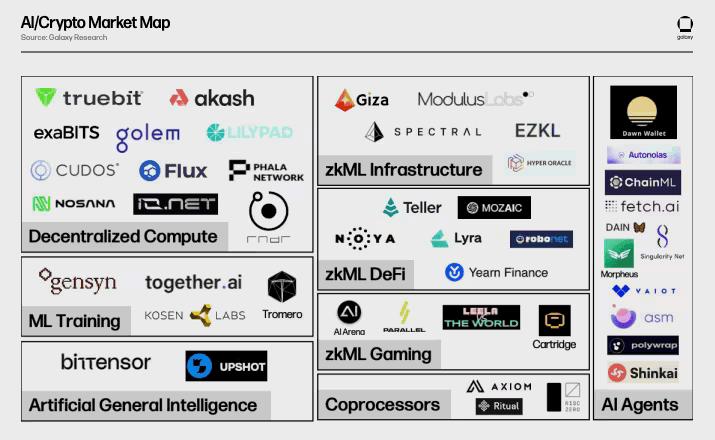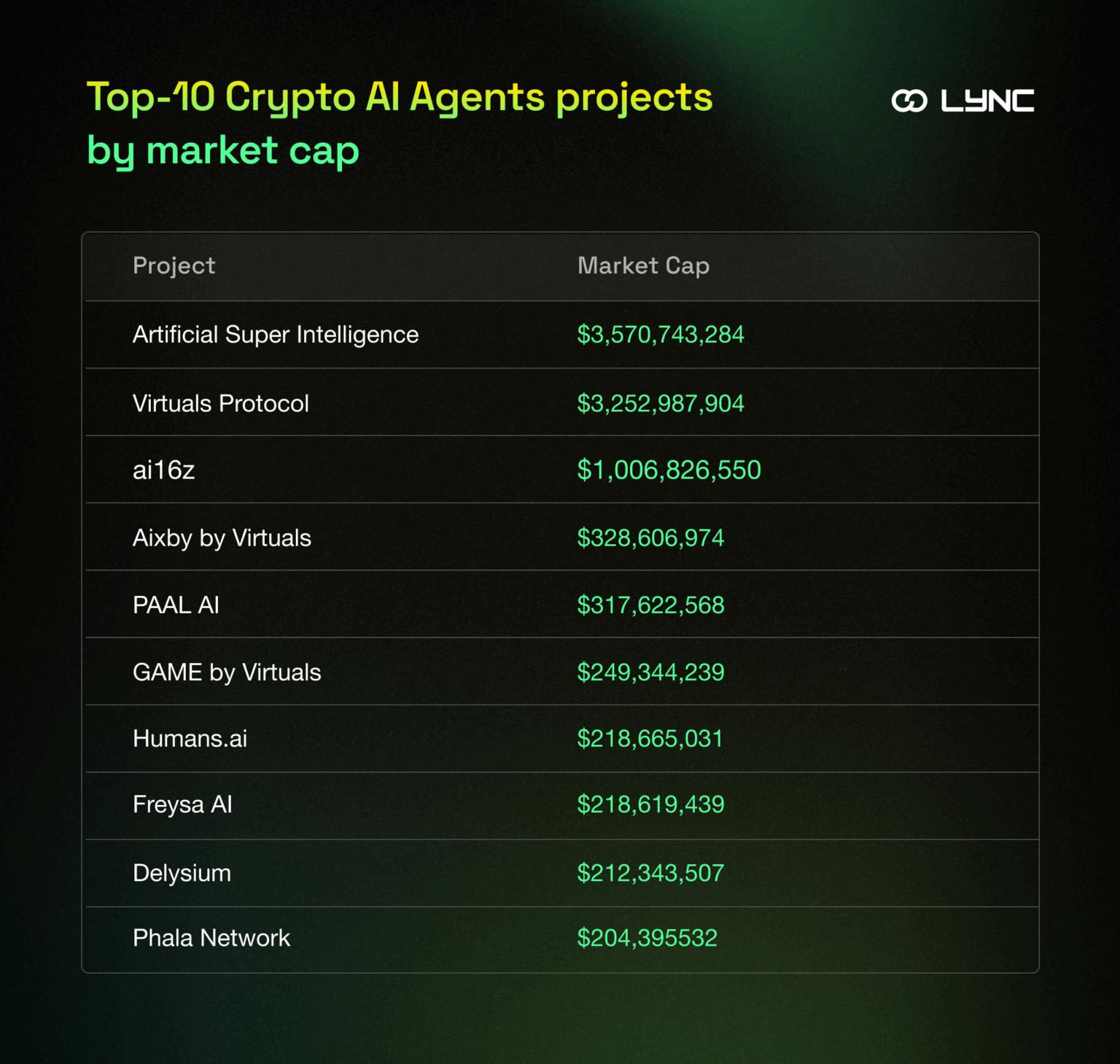
Main Types of Crypto AI Agents
AI agents come in various forms, each suited to specific use cases. Here are the primary types:
1. Simple Reflex Agents
○ Operate based on current observations and pre-defined rules.
○ Example: A thermostat that activates heating at a set temperature.
2. Model-Based Reflex Agents
○ Use memory to build an internal model of the environment, enabling action in partially observable scenarios.
○ Example: Robot vacuums mapping and cleaning rooms.
3. Goal-Based Agents
○ Plan actions to achieve specific objectives.
○ Example: Navigation systems finding optimal routes.
4. Utility-Based Agents
○ Prioritize actions based on utility (e.g., speed, efficiency).
○ Example: Route planners optimizing for fuel efficiency and time.
5. Learning Agents
○ Adapt and improve through feedback and past experiences.

Here’s how to Launch Your Own Crypto AI Agent?
Launching a crypto AI agent requires strategic planning and technical expertise. Here’s a roadmap to get you started:
1. Define Objectives
Identify the specific problem your AI agent will solve. For example, automating market analysis or optimizing liquidity pools.
2. Choose the Right Blockchain
Choosing a right blockchain is the foundation and one of the critical steps of your AI agent project. Make sure you choose a massively scalable, modular, and high-performance chain to a scalable blockchain to support high-frequency interactions. Btw, LYNC offers a scalable, mobile-centric Layer2 that is best suited for futuristic AI agents.
3. Develop AI Algorithms
Train your AI models for tasks like prediction, decision-making, or fraud detection. Like, incorporating machine learning techniques for adaptability and continuous improvement.
4. Integrate Smart Contracts
Use smart contracts to automate transactions and enforce rules. Smart contracts ensure transparency and immutability, enhancing user trust.
5. Testing & Optimization
Ensure the AI agent performs well under different conditions. For this, conduct rigorous testing to identify and fix potential issues, ensuring reliability.
6 Launch
Create a compelling value proposition to attract users and investors. Engage communities through innovative tokenomics and governance models, fostering adoption and participation.
Possible Challenges
While the potential of AI agents is immense, there can be some challenges, such as:
1. Scalability
Ensuring blockchains can handle real-time interactions is a critical challenge. Existing platforms like Ethereum face congestion during high activity periods, which can lead to delays and increased transaction costs.
2. Transparency
Building trust in autonomous operations requires transparency Users need clear insights into how AI agents make decisions and execute tasks.
3. Regulation
The evolving legal landscape presents challenges for deploying AI agents in crypto. Developers must navigate compliance requirements to avoid legal pitfalls.
4. Accuracy
Mitigating risks from AI errors or “hallucinations” is essential. Even minor inaccuracies in decision-making could lead to significant financial losses.

The Future of AI Agents in Crypto
The rise of AI agents in crypto is no longer a matter of speculation—it’s a reality shaping the industry’s future. Here’s what lies ahead:
